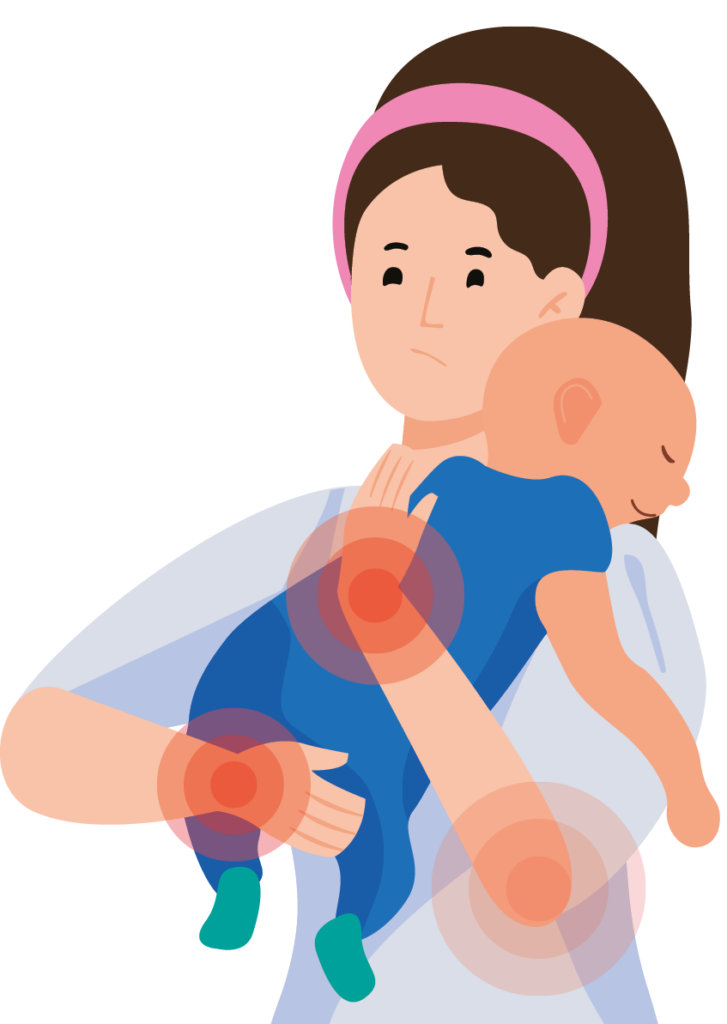
This leaflet aims to provide practical solutions to help you, when you have arthritis, to look after your baby/young child during day-to-day activities. It might be helpful if you are pregnant to prepare practically for the arrival of your baby.
Arthritis can lead to increased pain, joint stiffness, and weakness. Large loads and pressure placed on joints can cause them to become tired more easily and increase pain. It is important therefore to look after your joints whilst completing childcare tasks.
Bringing home a newborn can be daunting for anybody. Most parents find that the first few months of parenthood are quite exhausting. It is important therefore to think about the most energy efficient ways of carrying out daily tasks.
During pregnancy some women can find that swelling and pain significantly improve but some find their joints flare after birth. It may be that you need extra support and advice if your symptoms get in the way of caring for your baby. You can contact the rheumatology advice line, your pharmacist or GP if you need extra support. There is also helpful information on the NRAS website (more details at the back of the leaflet).
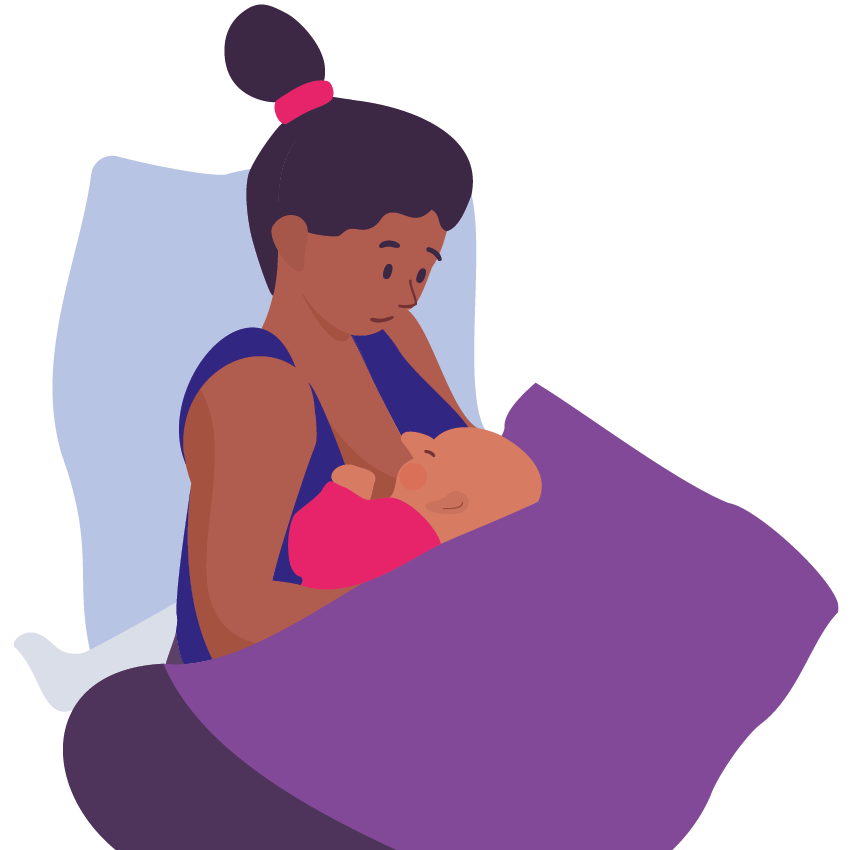
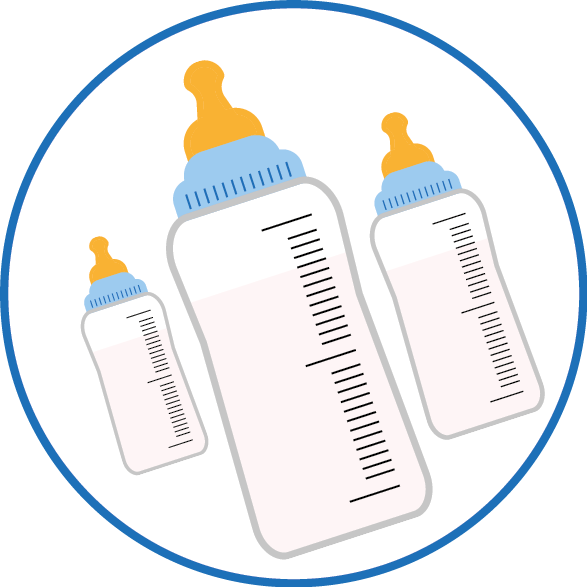
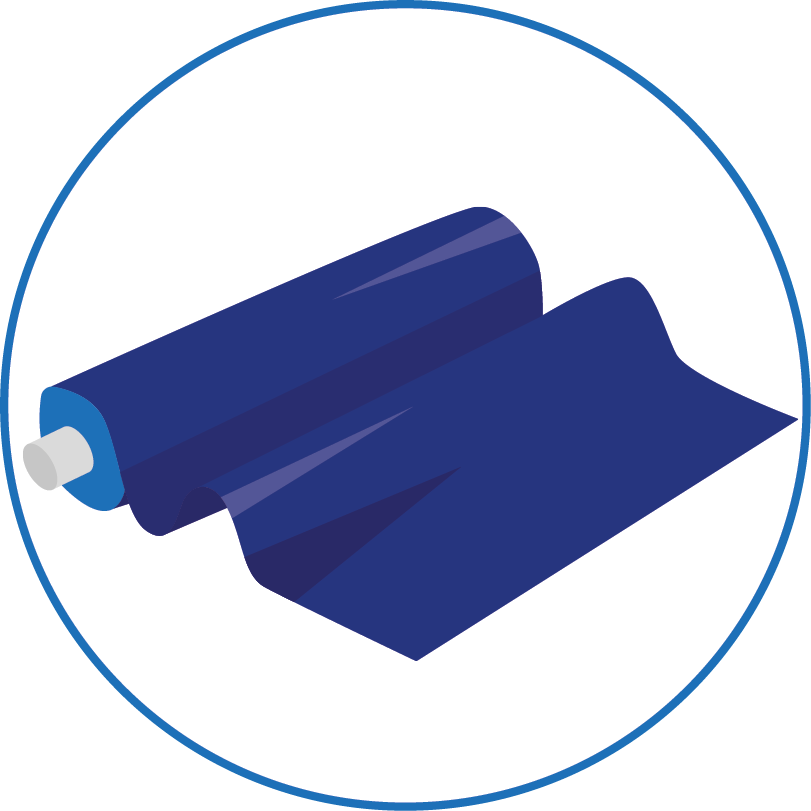
Here are some practical solutions which may help:
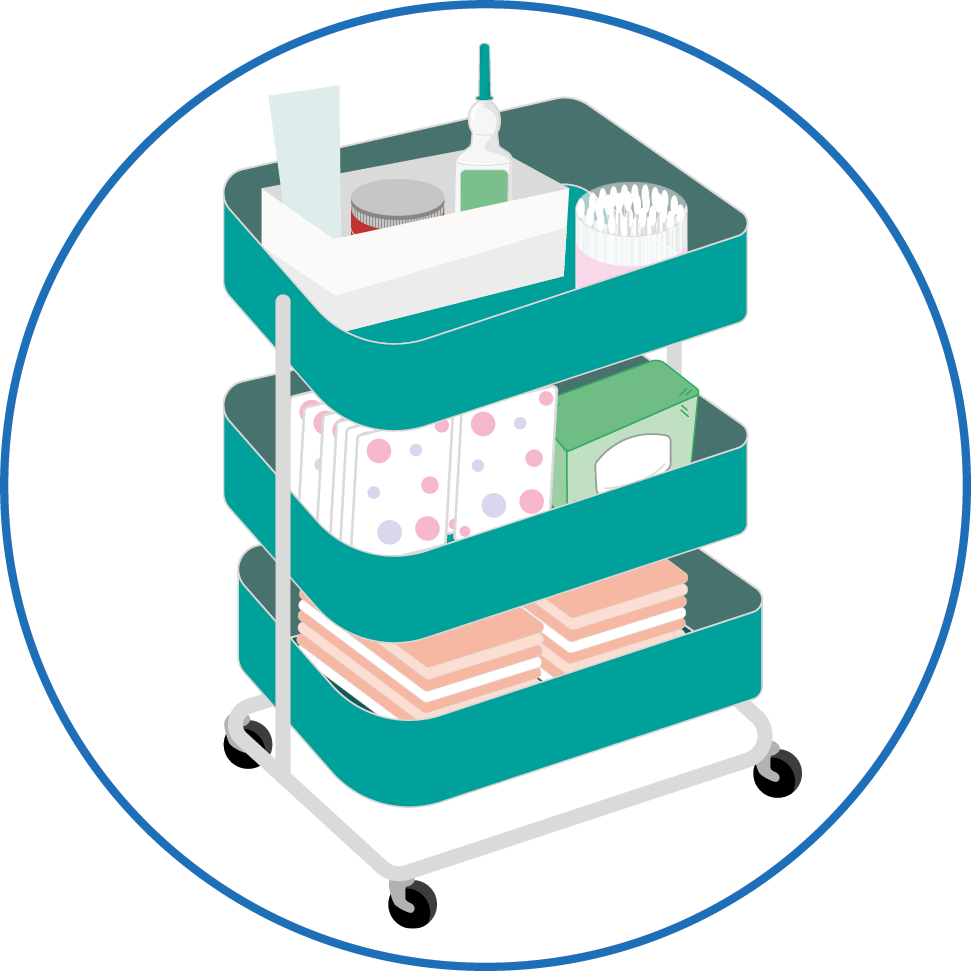
Find a good carry sling. Booking an appointment or joining drop-in sessions to try out different ones from the West Yorkshire Sling Library – think about fastenings and carry positions.
Website: https://wyslinglibrary.com.
There are many different types of pram available. It is helpful to try out various prams before you buy one.
Below are things to think about when choosing one:
There is a lot of things that you need:
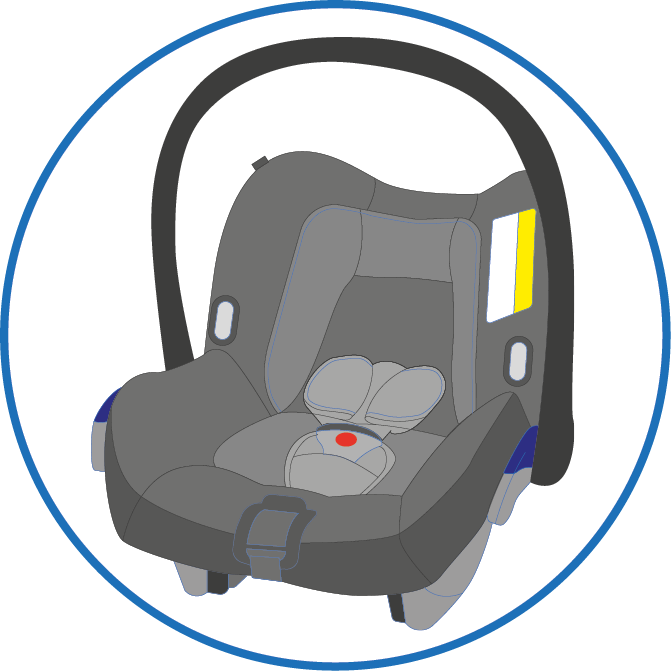
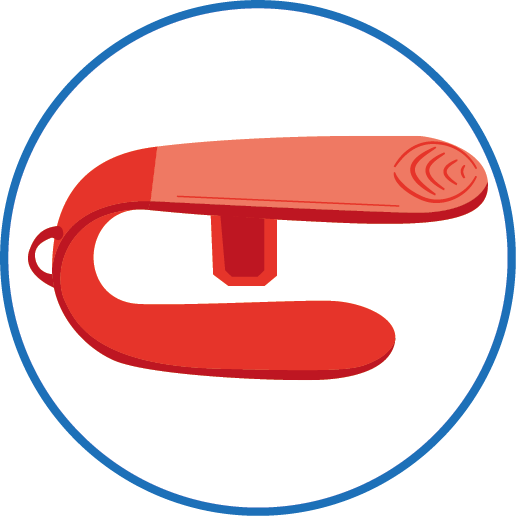
Are available with Velcro fastening and safety harness. This can allow you to wash/dress/change your baby at a working height suitable for you – by placing it on a bed, table or changing table. Make sure that your baby is not left unattended. As they get older and are rolling and moving around changing on the floor can be easier.
There are many different types of baby baths available to buy. Important things to consider are:
You can contact us using the Relay UK app. Textphone users will need to dial 18001 ahead of the number to be contacted.
Bradford Teaching Hospitals NHS Foundation Trust is a smoke-free organisation. You are not permitted to smoke or in use e-cigarettes in any of the hospital buildings or grounds.